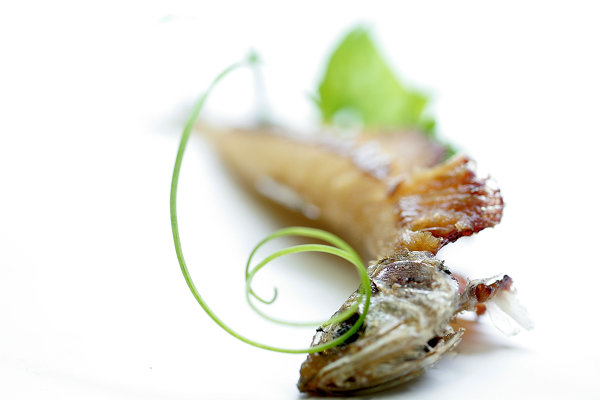 |
|
Photo provided to China Daily
|
The four most common seasoning pastes are red, white, yellow and seafood. Red paste is made of garlic, shallot, red chili, tomato, lemon leaf and shrimp paste; white paste consists of garlic, shallot, canola nut and lemon leaf; yellow paste consists of garlic, shallot, galangal, ginger, turmeric, canola nut and coriander; and seafood paste is a mixture of the other three.
Different pastes are often used to match different meats, seafood, vegetables or poultry, either in stews, soups, barbecues, salads or other things, because each paste has a distinct aroma and flavor, he says.
The Indonesian food festival, named "When Beijing meets Bali", had a modest opening ceremony on Monday, and I was lucky to be among those celebrating the event and to taste the Indonesian food buffet that showcases a wide use of seasoning pastes.
For the night, the restaurant, well known for its "gourmet library", where delicacies are presented in a distinct setting resembling bookshelves in a library for diners to pick up as in a buffet, filled its "gourmet shelves" with a host of appetizers, hot dishes, soups, staples and deserts bristling with Indonesian tropical flavors and colors.
The phalanx of dishes included many of the country's signature dishes, such as ayam pelalah (chicken in chili sauce), gado gado (mixed vegetables, boiled potato, eggs, fried tofu with peanut sauce), roasted suckling pig, gilling gilling (finger rice cake) and fried rice, and many dishes were accompanied by a bowl of seasoning paste.


























 Raymond Zhou:
Raymond Zhou: Pauline D Loh:
Pauline D Loh: Hot Pot
Hot Pot Eco China
Eco China China Dream
China Dream China Face
China Face






